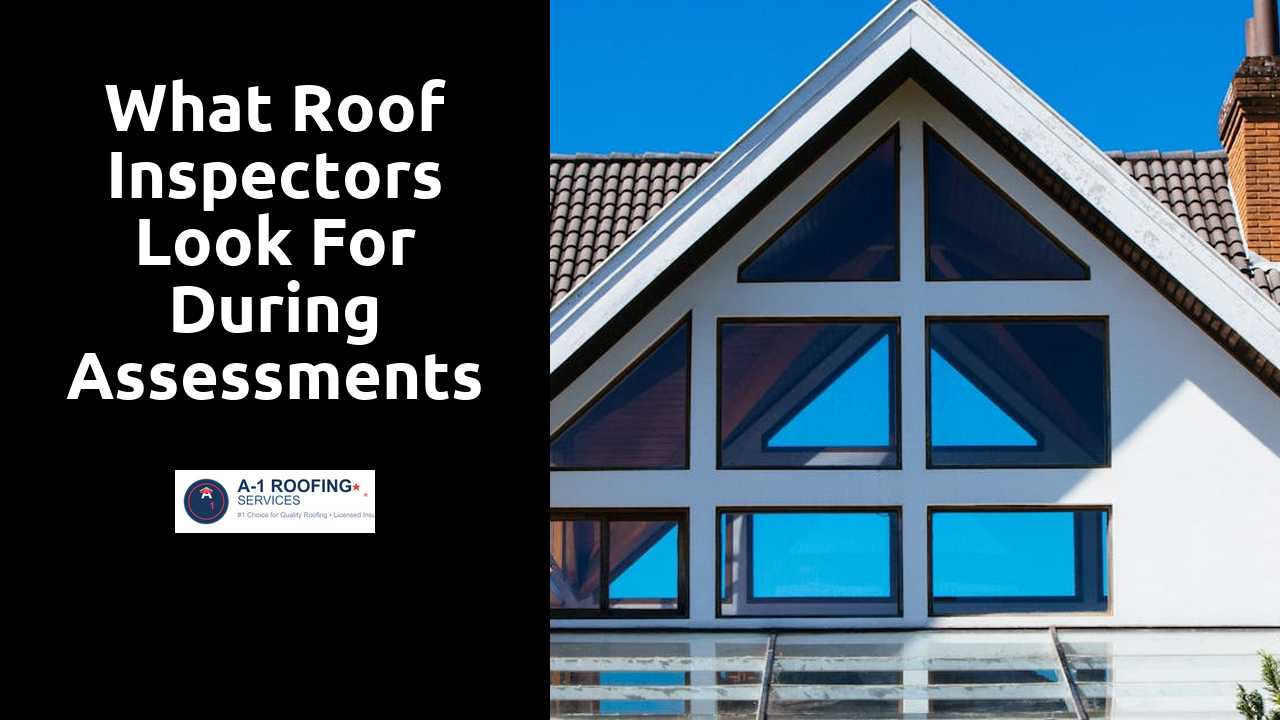
What Roof Inspectors Look for During Assessments
Table Of Contents
Importance of Gutters and Downspouts
Effective water drainage is crucial for maintaining a roof's integrity. Gutters and downspouts play an essential role in channeling rainwater away from the structure. Without these systems, water can accumulate on the roof or flow down the sides of the building, leading to leaks and potential structural damage over time. Clogged gutters can result in overflow, causing water to seep into the foundation, which can compromise the entire building's stability.
Proper maintenance of gutters and downspouts not only protects the roof but also enhances the lifespan of the materials used in the roofing system. Regular inspections can identify blockages caused by debris or leaves. Ensuring that gutters are securely fastened and downspouts are directed away from the foundation helps mitigate soil erosion and prevents water-related issues. This proactive approach saves homeowners from costly repairs and promotes the long-term health of the property.
More tips and tricks can be found here.
Ensuring Proper Water Drainage
Gutters and downspouts play an essential role in managing water runoff from the roof. They are designed to channel rainwater away from the foundation of the home, preventing potential water damage. A blocked or damaged gutter system can lead to overflowing, which may compromise the attic or walls. Regular inspection ensures that these features are clear of debris and functioning properly.
Roof inspectors check for signs of sagging or misalignment in gutters. They assess the drainage capacity to ensure water flows freely without pooling. Proper installation and maintenance of downspouts are also vital, directing water far enough away from the building structure. Addressing issues in these areas can help mitigate risks of costly repairs related to water intrusion.
Evaluating Ventilation System
A well-functioning ventilation system is crucial for the longevity and health of a roof. Inspectors look for signs of inadequate airflow, such as an excess build-up of moisture or mold in the attic. Proper ventilation helps regulate temperature extremes, preventing damage to roofing materials and potential ice dams during winter months. Inspectors assess whether intake and exhaust vents are correctly positioned and unobstructed.
Additionally, they evaluate the type of ventilation used, whether it is passive or mechanical. The effectiveness of ridge vents, soffit vents, and gable vents is analyzed to ensure air can flow freely throughout the attic space. A balanced ventilation system not only contributes to the structural integrity of the roof but also enhances the overall energy efficiency of the home. By ensuring that all components work together efficiently, potential future problems can be mitigated.
Maintaining Energy Efficiency
Proper ventilation plays a crucial role in maintaining the energy efficiency of a home. Roof inspectors assess attic ventilation systems to ensure they allow for adequate airflow. Insufficient ventilation can lead to excessive heat buildup in the attic during warmer months. This not only increases cooling costs but also raises the risk of roof damage over time. Inspectors check for both intake and exhaust vents to confirm they are functioning correctly, ensuring a balanced system that promotes efficient energy use.
Another key aspect involves evaluating insulation levels within the attic. Roof inspectors look for any gaps or areas where insulation might be compressed or damaged. Proper insulation helps to regulate indoor temperatures by preventing heat loss in the winter and keeping cooled air inside during the summer. The overall effectiveness of a roof system can significantly impact energy expenditure, as a well-insulated and ventilated attic contributes to more consistent indoor climates and lower utility bills.
Inspecting Roof Penetrations
Roof penetrations are critical points where various elements such as chimneys, vents, and skylights break through the covering of a structure. These areas are often vulnerable to leaks and water intrusion if not properly sealed and maintained. Inspectors pay close attention to the flashing around these penetrations, looking for signs of deterioration, rust, or improper installation. Any gaps or openings in the seals can allow moisture to seep in, potentially leading to significant damage within the roof system and underlying structures.
In addition to visual inspection, roof inspectors assess the condition of the materials used around these penetrations. Effective sealing materials should withstand harsh weather conditions and remain intact over time. Inspectors may also evaluate any signs of previous repairs or alterations that could indicate past issues with roof penetrations. Proper maintenance of these areas is essential to ensure the long-term integrity of the roof and prevent costly repairs down the line.
Sealing Issues Around HVAC and Vents
Roof penetrations are critical points for potential water leaks. Issues often arise around HVAC units and vent pipes, where improper sealing can allow moisture to seep into the underlying structures. Inspectors meticulously check these areas for signs of deterioration, incomplete seals, or gaps that could lead to significant water damage. The type of sealant used also matters; it should be weather-resistant and appropriate for the specific application to ensure longevity and effectiveness.
In addition to identifying existing problems, inspectors assess the materials and methods used in sealing applications. Over time, sealants can degrade due to exposure to UV rays, temperature fluctuations, or physical stress. Proper maintenance of these seals greatly contributes to the overall integrity of the roof system. Well-sealed penetrations enhance the roof’s lifespan, helping to prevent costly repairs that might arise from overlooked leaks.
Related Links
The Impact of Weather on Roof Inspection TimingUnderstanding the Roof Inspection Process